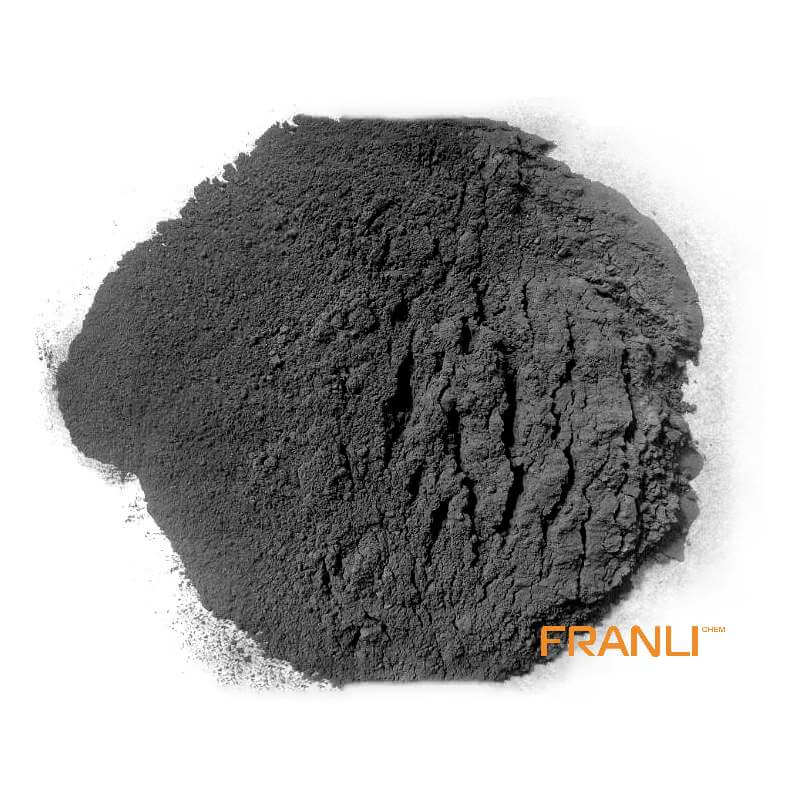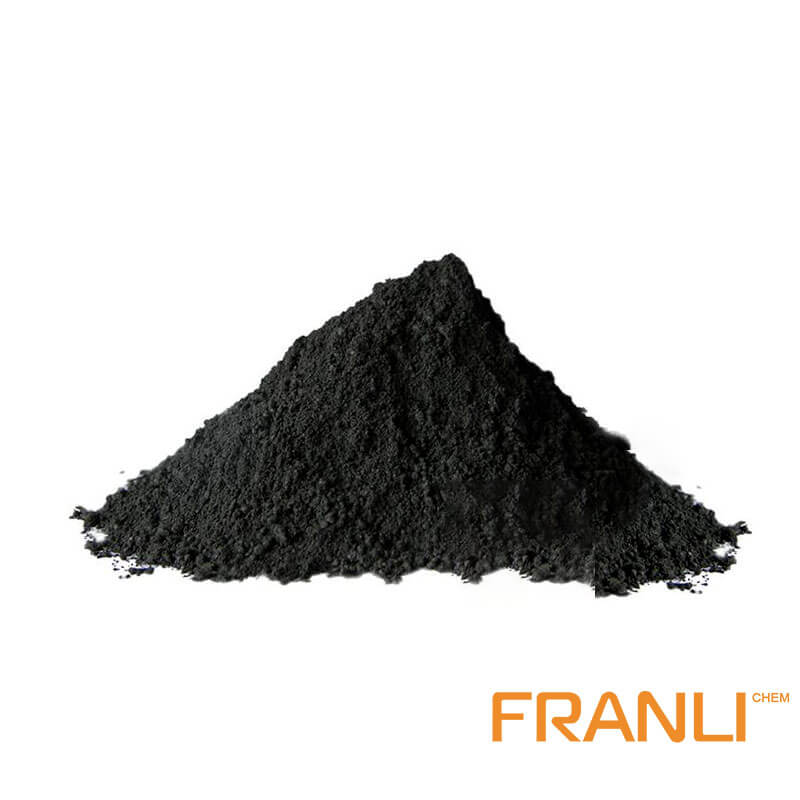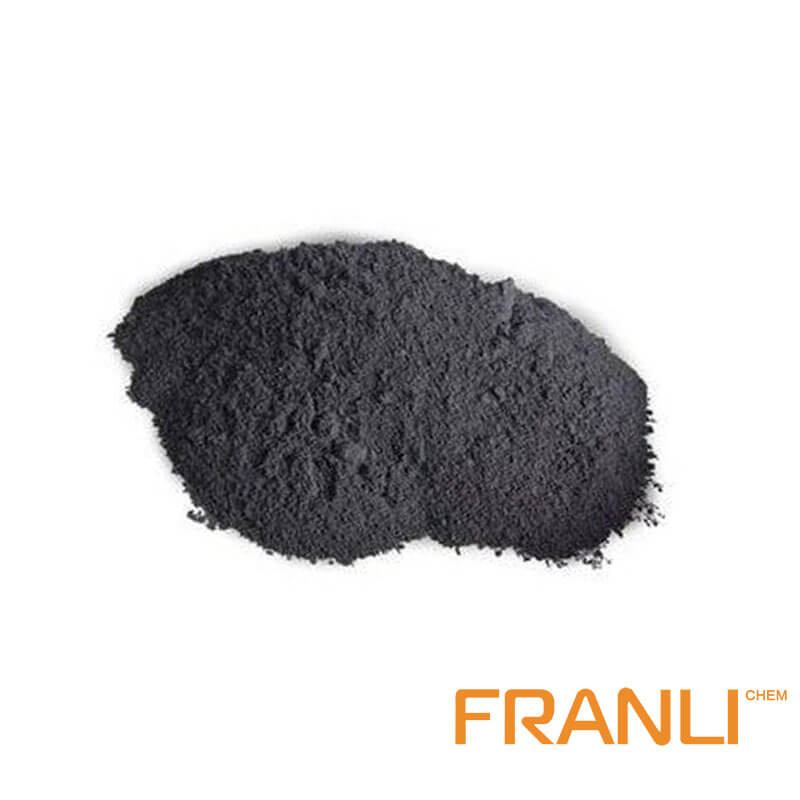


Artificial Graphite
Size
0.01mm or 0.07mm,etc
Package
25 kg small bags into ton bags or ton bags
Features
Good wear resistance, corrosion resistance, good thermal conductivity, etc.
Application
Can be used in making heat exchanger, reaction tank, absorption tower, etc.
There are many kinds of artificial graphite and different production processes. In a broad sense, all graphite materials obtained by carbonization of organic matters and treated by high temperature after being treated with graphite can be collectively referred to as artificial graphite.In the narrow sense, artificial graphite usually refers to the massive solid materials prepared by batching.
Request a quoteArtificial graphite as the negative electrode of the battery is the main route at present, and the electrode material mainly plays the role of lithium storage during the charging process of the lithium battery. Anode materials can be classified into two categories: carbon materials and non-carbon materials. The former includes graphite-like carbon materials such as artificial graphite and natural graphite, and amorphous carbon materials such as soft carbon and hard carbon; the latter includes tin-based, silicon-based, titanium-based, etc. Alloy type material. Negatively, its lithium-deintercalation voltage and specific capacity have a great influence on the energy density of the battery. An excellent anode material needs to have low lithium-deintercalation voltage, high specific capacity, and good rate characteristics and cycle performance at the same time.

Because artificial graphite has the advantages of high electronic conductivity, high specific capacity, stable structure and low cost, it has become the most widely used and most mature anode material, and it is the absolute main material in the anode industry, accounting for 95%. Graphite negative electrodes are divided into natural graphite and artificial graphite. Artificial graphite has the advantages of cycle, good rate performance and small volume expansion, which is more in line with the requirements of high energy density, fast charge and discharge and safety of power batteries. At present, artificial graphite has become an important negative electrode. Material.
Reasons for the high value of artificial graphite
(1) The negative electrode of domestic power batteries is mainly artificial graphite. From 2015 to 2020, the installed capacity of domestic power batteries continued to grow, and the demand for artificial graphite increased rapidly. There is no doubt that power batteries are the largest end market in the lithium battery market. Graphitization accounts for about 50% of the cost of negative electrodes, and almost all negative electrode companies are increasing their investment in graphitization.
(2) In the field of digital 3C, artificial graphite occupies the mainstream due to its excellent cycle performance. Emerging digital products such as smart watches and TWS earphones drive the new demand for high-rate batteries and further increase the demand for artificial graphite.
Electrochemical properties of artificial graphite
The researchers of the Franli factory took the graphite powder from the artificial graphite product processing line separately in a turbo jet mill to pulverize, shape, and spheroidize to prepare a negative electrode material with a particle size of D50 of 18-22 μm. The prepared negative electrode material was tested for its physical and chemical properties by testing and inspection methods. After that, a button-type battery was made, and its electrochemical performance was tested and analyzed. The same artificial graphite powder can be used to prepare a negative electrode material with electrochemical activity. Among them, the specific capacity of the joint graphite powder and the ultra-high power electrode graphite powder negative electrode material , The first coulomb efficiency is better. Ordinary electrodes and special graphite products have low specific capacity because of their low graphitization degree.

The role of artificial graphite in batteries
(1) Graphite conductive agent: Artificial graphite, which is a conductive agent, has a smaller particle size, generally 3~6 μm, and has more developed pores and specific surface, which is conducive to the compaction of the pole piece particles and the improvement of ionic and electronic conductivity.. New conductive agents include carbon nanotubes (CNTs), carbon fibers (VGCFs), graphene, etc.
(2) CNT conductive agent: the application ratio in the field of high-end digital batteries is as high as 50%, and the application ratio in the field of power batteries is relatively low. However, in recent years, with the gradual improvement of power battery performance requirements such as energy density, rate performance, cycle life, etc., the application ratio of CNT conductive agents in this field is gradually increasing.
The commercialization of lithium batteries is becoming more and more extensive. It is far from enough to rely on the electrical conductivity of the active material. In order to ensure that the electrodes have good charge and discharge performance, a certain amount of conductive agent is usually added in the electrode production experiment. Between the active material and the current collector, it plays the role of collecting microcurrent. The solid-phase diffusion coefficient of lithium in graphite is relatively small, which makes the solid-phase diffusion of lithium in graphite easily become the controlling step of the whole electrode reaction.
Therefore, the use of high-quality artificial graphite can improve the solid-phase diffusion of lithium in graphite, which can effectively reduce the risk of battery polarization and lithium precipitation, and improve the fast charging performance and conductivity of lithium-ion batteries.



